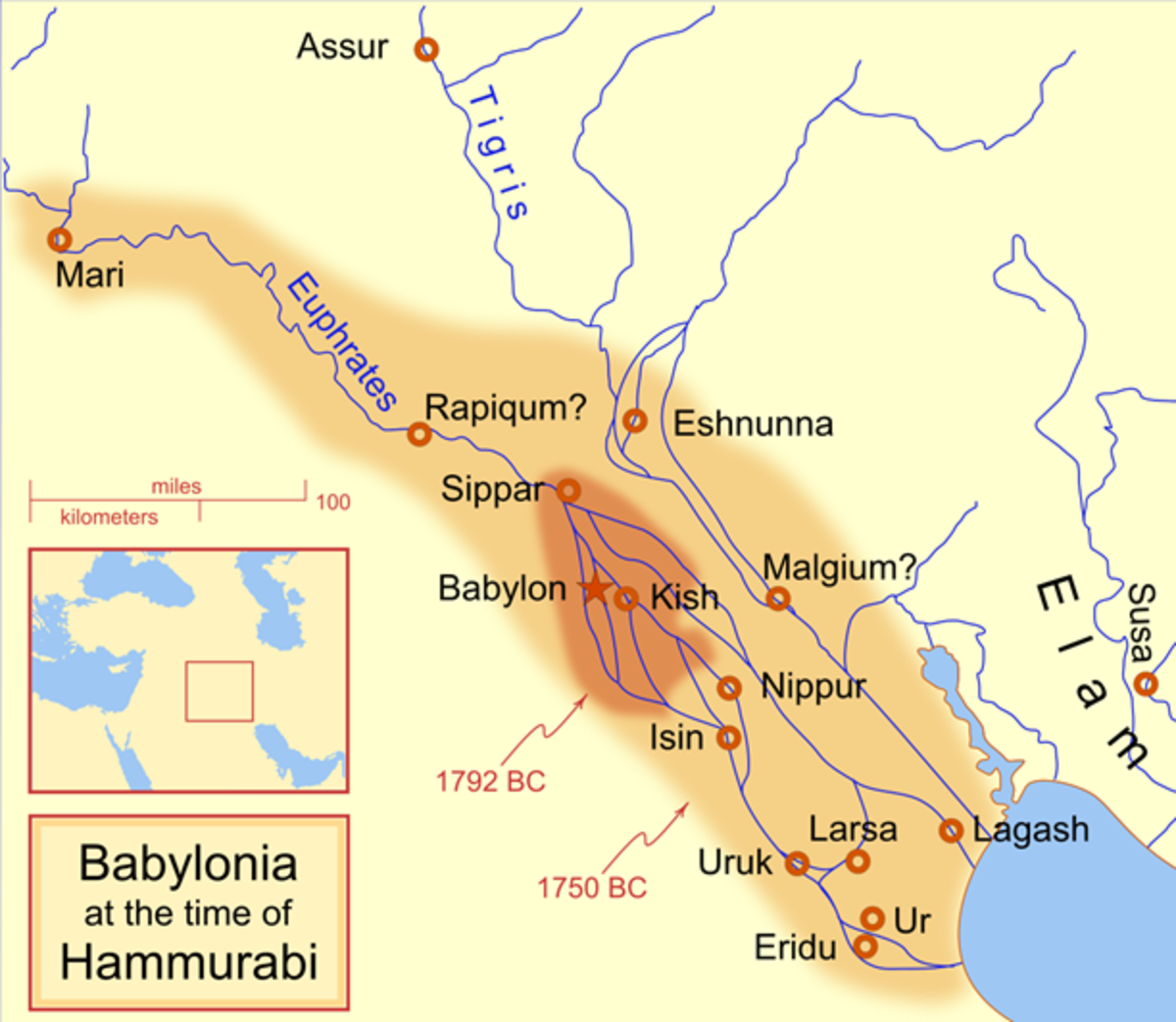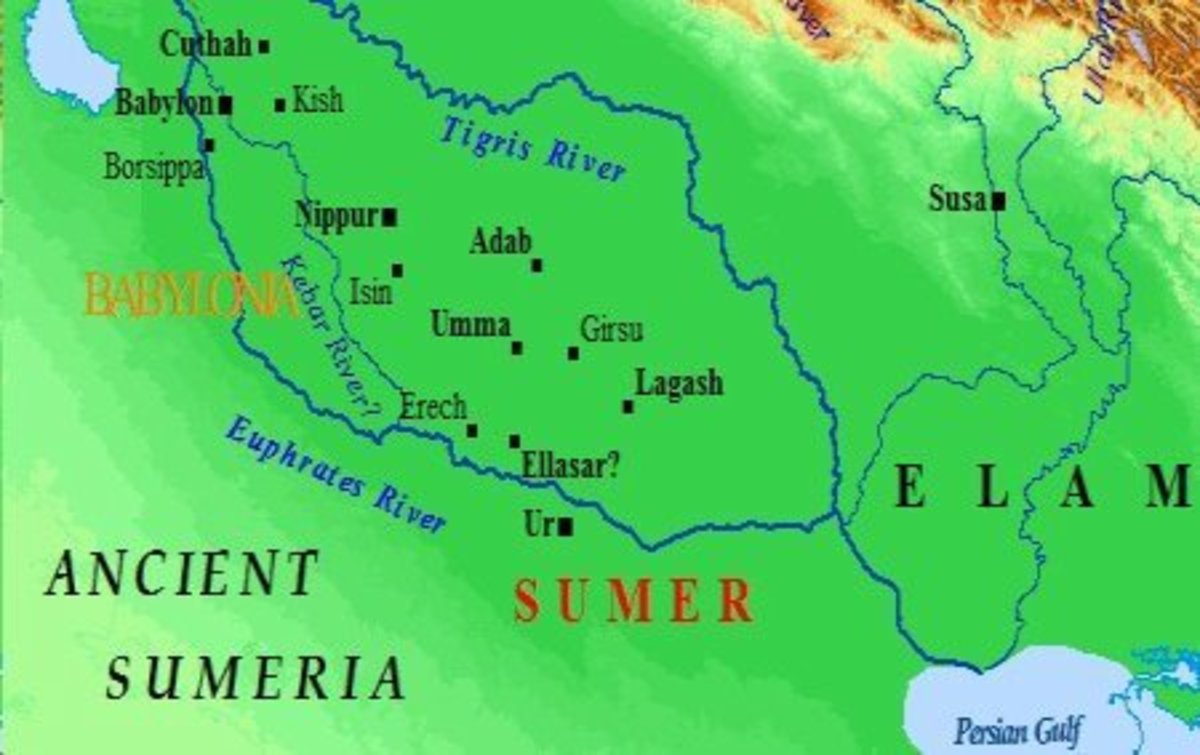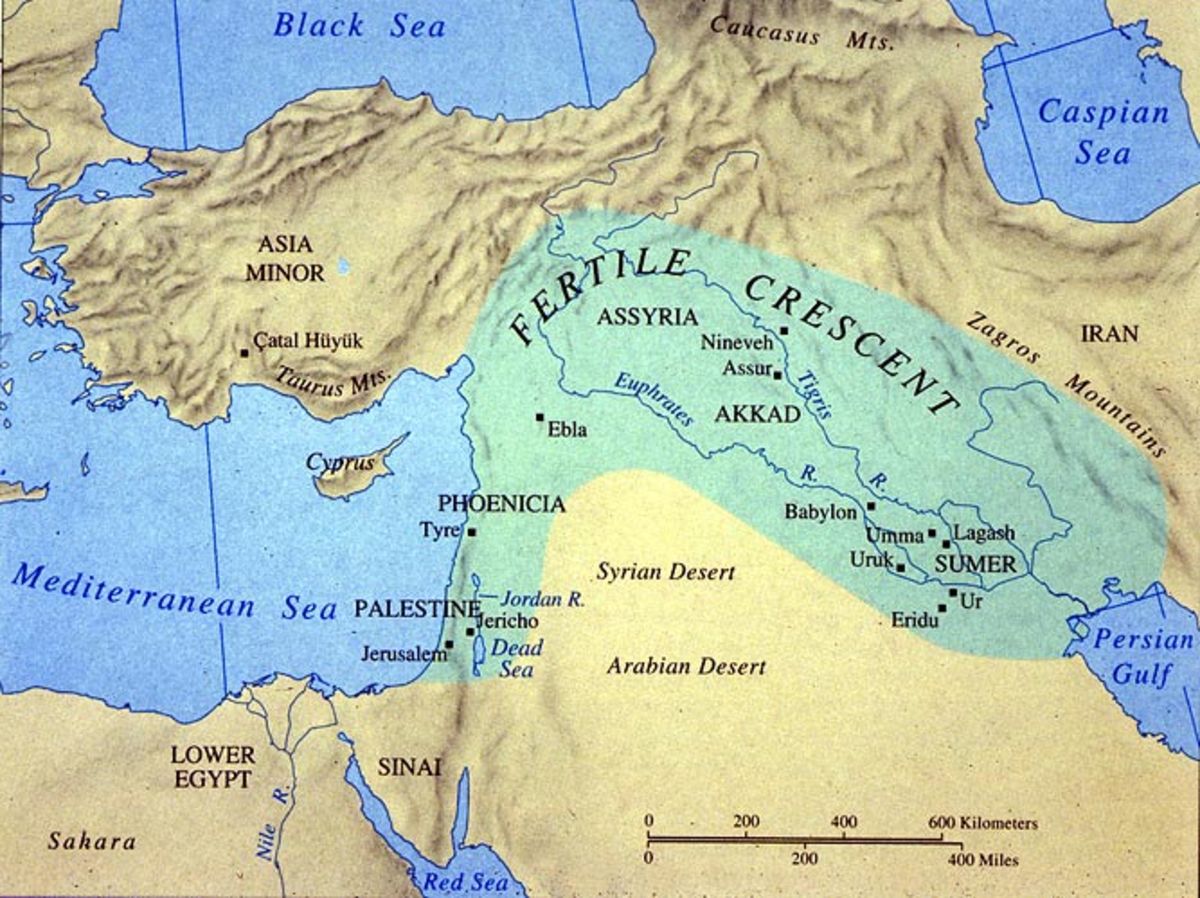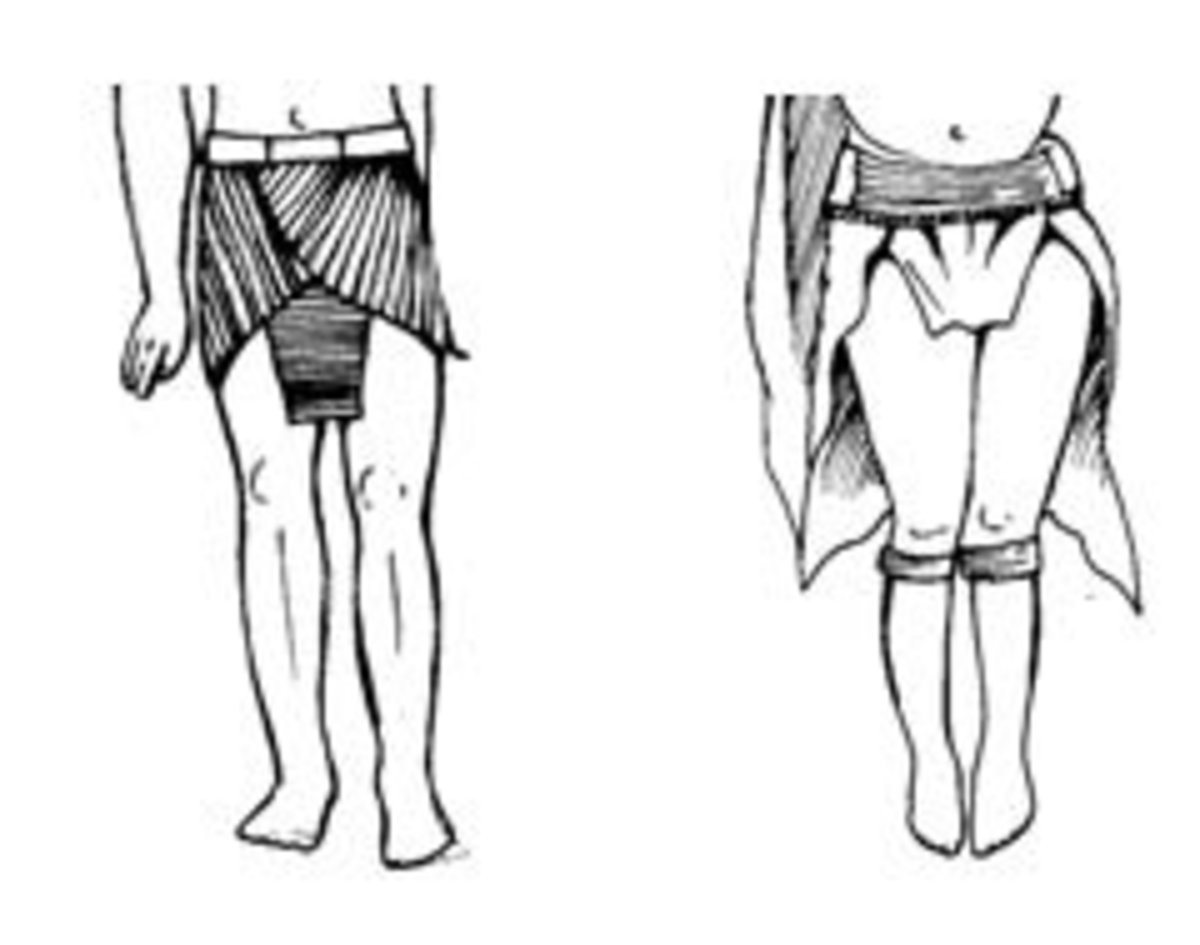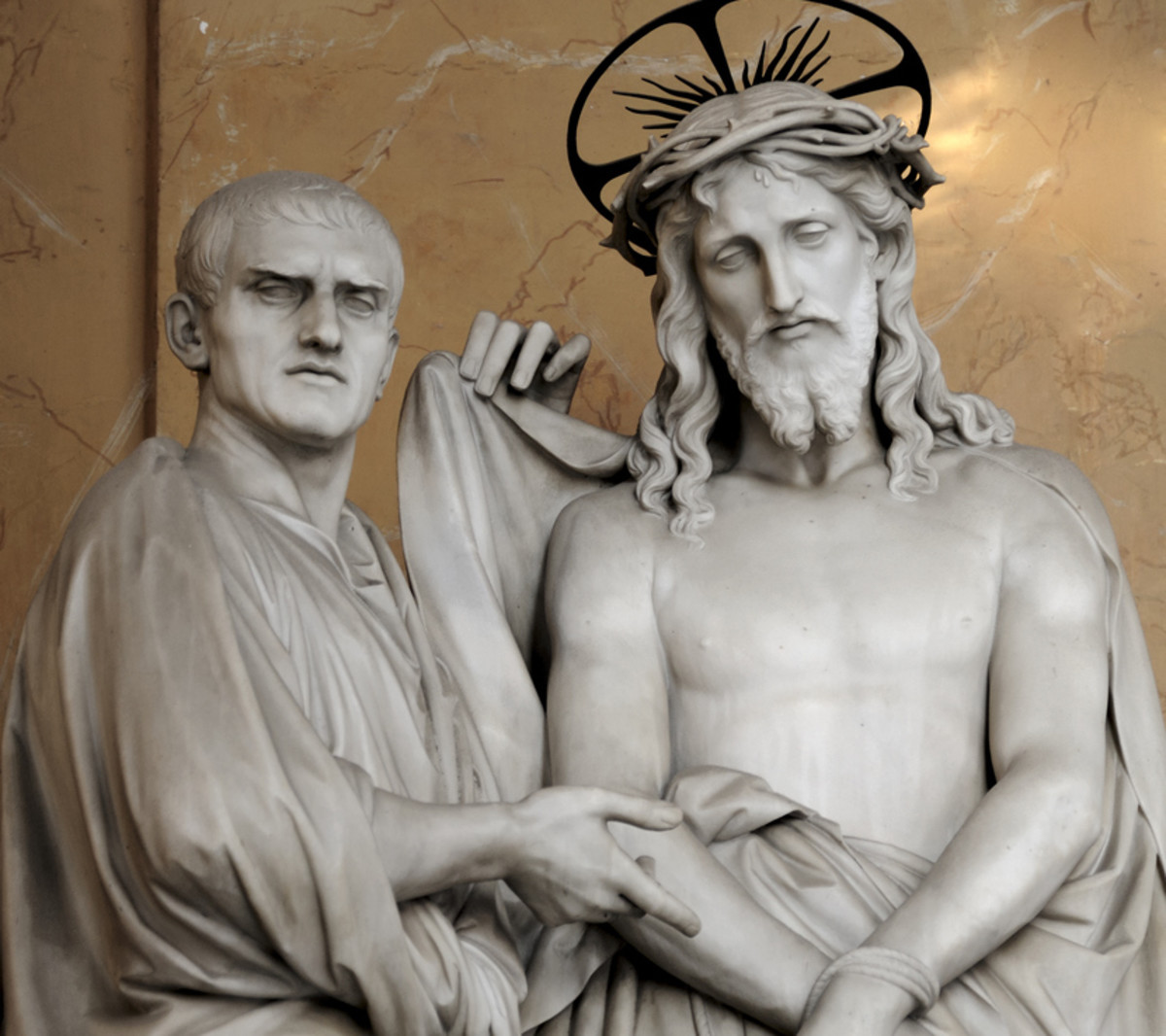Babylon and Assyria
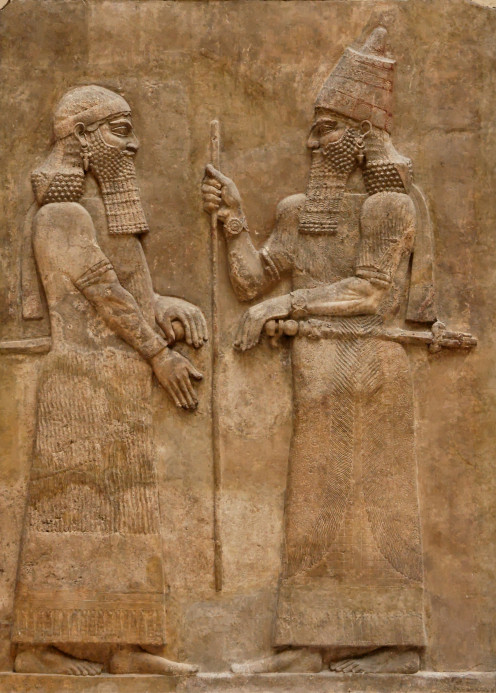
Background Check- Sargon's Rule
Sargon's reign of Mesopotamia began in the year 2334 B.C. His empire would rule for the next 100 years. Under Sargon's rule, the city-states of Sumer united, and the empire's boundaries expanded. A new capital was built, trade routes were established, and the Sumerian development of cuneiform writing allowed for ease of sending messages throughout the kingdom.
Historians have used Sumerian cuneiform records to gather clues about the way ancient Sumerians lived. Sumerian records include the legends of heroes, poetry, and written accounts of their governing laws.
Beyond their use of written word, the Sumerians made a number of major technological advances. It is believed that Sumerian farmers were the first to use the wheel for farming. Did they invent the wheel? I've not heard of any such claim, but the wheel did have an effect on their culture.
Horses and cattle had already been domesticated by Sumerian farmers, but the use of the wheel made it possible for the Sumerians to transport both trade goods and people more quickly. Wheeled plows enabled farmers to utilize larger areas and produce more food, carts pulled by horses could move faster than travelers on foot, and the eventual use of chariots created terrifying new tactics in warfare.
Sargon was both a brilliant administrator and warrior. As ruler, he believed in the "hands on" approach when dealing with his people, and over the course of his 56-year reign he traveled constantly. Moving from city to city was important to this ruler; he didn't just want his people to know who their ruler was, he wanted them to feel his presence, and they did. Every city he visited suffered shortages of food, money, and lodging when he arrived with his army in tow. Feeding and housing the King and his retinue would have caused the even the most loyal of citizens anguish, as he often traveled with a group that numbered more than five thousand. His visits frequently sparked riots and rebellion. None-the-less; Sargon's empire flourished, his army became a military juggernaut, and his capital the most powerful city in the world.
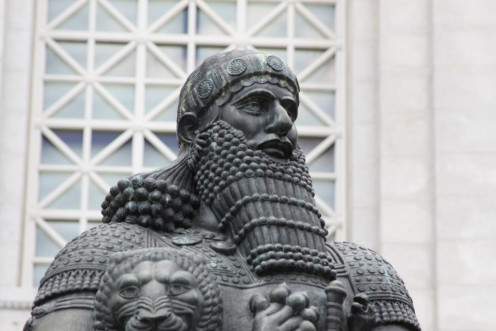
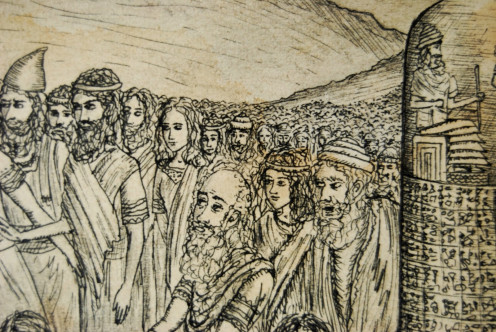
Hammurabi and Babylon
By 2150 B.C., Sargon's empire had collapsed, but thanks to surviving recorded legends and histories his memory lives on. Rulers would come and go, cities would be built, but it would be another 358 years before another ruler would conquer and reunite the Mesopotamian city-states once under Sargon's control. That ruler's name was Hammurabi.
Babylon served as Hammurabi's home and capital, and as its king, his first major project was the construction of dams across the Euphrates River. Dams gave him the ability to control the flow of the river's water, and in turn, the power to control the city-states downstream. Lack of cooperation would result in floods or droughts; to work against the king would bring certain disaster to every city-state located south of Babylon's border.
By 1750 B.C.. Hammurabi ruled all of Mesopotamia, including Ashur and Nineveh. Trade flourished within the Fertile Crescent, and Babylon as the center of that trade reaped massive amounts of wealth. Silver, copper, timber, and wine all passed through Babylon, and Hammurabi fashioned himself "king of the four quarters of the world."
He used administrative techniques similar to those of Sargon, but he also relied on a centralized bureaucratic rule and imposed regular taxation on his people. Unlike Sargon, he also stayed close to home, preferring to rule from Babylon and depending on territorial deputies to control specific regions. As a result, government costs were more fairly spread throughout the empire.
Hammurabi also preserved his rule by imposing a code of law, which was heavily based on the principle lex talionis, or "law of retaliation." Discovered in the Middle East (present-day Iran) in 1901, the six-foot pillar on which Hammurabi's codes are carved in cuneiform was a rare and educational, archeological discovery. And as one of the oldest and most complete set of laws ever discovered, the codex also gives us a view of Mesopotamian culture, customs, and taboos.
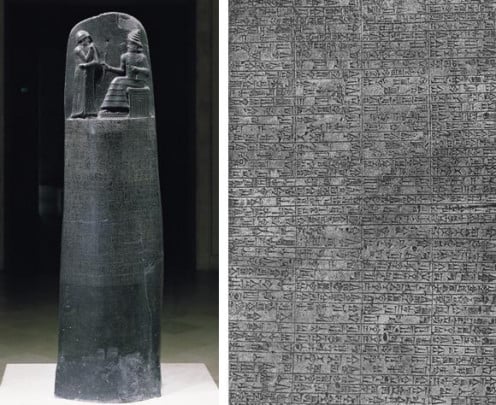
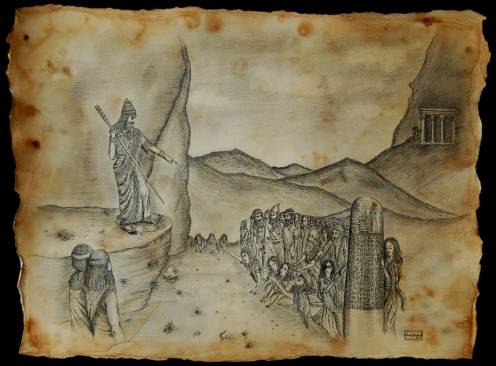
The Code of Hammurabi
Beginning with its preamble, the code establishes Hammurabi's right of authority and states that the gods have blessed his rule and desire that, ".... Hammurabi, the exalted prince, the worshipper of the gods, to cause justice to prevail in the land, to destroy the wicked and the evil, to go forth like the Sun over the Black Head Race, to enlighten the land and further the welfare of the people." The rest of the preamble extols his achievements as king, providing a basis for his worthiness to act as the gods' prophet.
The Code of Hammurabi is a set of laws that apply to a people ruled by a single government and copies were prominently displayed across the empire. Citizens were not expected to use these codes as a basis for their behavior, but rather they were expected to obey them to the letter. Hammurabi's codes were detailed and extensive, they set high standards, and they also promised stern punishments. The death penalty was imposed for murder, theft, fraud, false accusations, aiding runaway slaves, and incest, among other things. Most all punishments mirrored the offense (an eye for an eye), whereas civil laws were implemented to regulate prices, wages, marital relationships, and slavery. There were even fines for clumsy barbers.......... No lie!
But make no mistake, although the code emphatically supported the rights of slaves, as well as free men, and that as much as the punishment mirrored the offense......... equality was not present among the people. Nobles could protect their body parts with a payment of silver........... commoners and slaves had no such luck. Such is the way of the world.
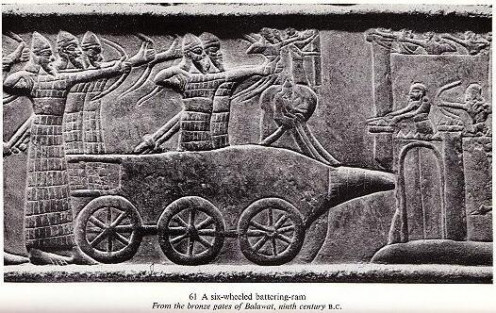
Assyria Takes a Stand
Despite administrative and legal efficiency, Hammurabi's empire weakened after his death. The empire he'd created beckoned to invaders and those desiring to expand their own boundaries. Among the first cities to break away were Ashur and Ninevah, both located north of Babylon. Then the wars began, as Assyria set out to conquer the Fertile Crescent in its entirety.
By 600 B.C., the Assyrian Empire had expanded northward into modern day Turkey, while stretching from Egypt in the west to the Persian Gulf in the east. Assyria boasted a fearsome army and major technological advances in warfare that aided them in their conquest. Not to mention the prisoners of war who were forced into slavery and soon to become the empire's most valued workforce, but that story is for another day.......

